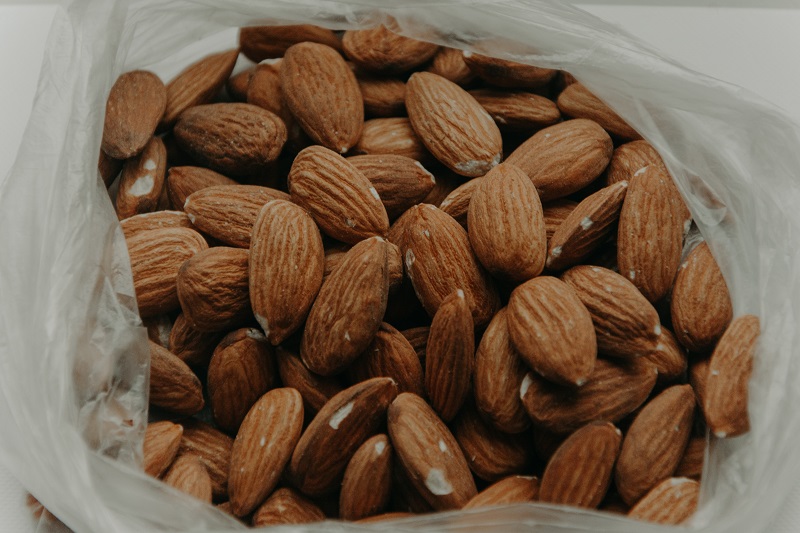California Governor Declares Drought Emergency
California Gov. Gavin Newsom has proposed a $5.1 billion package of immediate drought response and long-term water resilience investments to address immediate emergency needs, build regional capacity to endure drought, and safeguard water supplies for communities, the economy, and the environment.
Newsom announced the package in Merced County while visiting the San Luis Reservoir, which sits at less than half of capacity and just 57% of average for this date. Earlier in the day, Newsom significantly expanded his April 21 drought emergency proclamation to include Klamath River, Sacramento-San Joaquin Delta, and Tulare Lake Watershed counties. In total, 41 counties are now under a drought state of emergency, representing 30% of the state’s population.
California Fresh Fruit Association (CFFA) President Ian LeMay commended Newsom’s drought proclamation. “The Sierra Nevada snowpack is at the second worst levels since 2002 and today’s announcement is a step in the right direction to provide relief to California’s agricultural and rural communities,” he said.
LeMay noted the state is the top producing agricultural region in the world, but it cannot continue to survive without a reliable water resource.
“While drought is not an unfamiliar foe to Californians, it should be acknowledged that this will be the first drought in the era of the Sustainable Groundwater Management Act (SGMA), with the circumstances intensified and the solutions more complex,” he said. “It is the hope of the association that today’s announcement is a step to address California’s short- and long-term water resiliency.”
In addition to the $5.1 billion investment, proposed over four years, Newsom is asking for $1 billion to help Californians pay their overdue water bills. The plan aligns with his July 2020 Water Resilience Portfolio, which he calls a roadmap to water security for all Californians in the face of climate change. It is shaped by lessons learned during the 2012-16 drought, such as the need to act early and gather better data about water systems. The package includes:
- $1.3 billion for drinking water and wastewater infrastructure, with a focus on small and disadvantaged communities.
- $150 million for groundwater cleanup and water recycling projects.
- $300 million for Sustainable Groundwater Management Act implementation to improve water supply security, water quality and water reliability.
- $200 million for water conveyance improvements to repair major water delivery systems damaged by subsidence.
- $500 million for multi-benefit land repurposing to provide long-term, flexible support for water users.
- $230 million for wildlife corridor and fish passage projects to improve the ability of wildlife to migrate safely.
- $200 million for habitat restoration to support tidal wetland, floodplain, and multi-benefit flood-risk reduction projects.
- $91 million for critical data collection to repair and augment the state’s water data infrastructure to improve forecasting, monitoring, and assessment of hydrologic conditions.
- $60 million for State Water Efficiency and Enhancement Program grants to help farmers reduce irrigation water use and reduce greenhouse gas emissions from agricultural pumping.
- $33 million for fisheries and wildlife support to protect and conserve California’s diverse ecosystems.
- $27 million for emergency and permanent solutions to drinking water drought emergencies.









